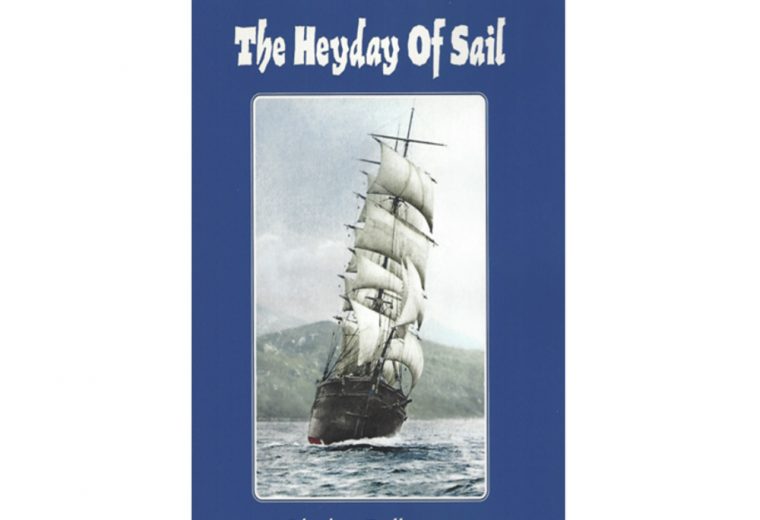Book Review: The Heyday of Sail


The Heyday of Sail
Gladys Ballment
Transit Australia Publishing
184pp RRP$55
Reviewed by David Salter
It can be easy to forget just how much the maritime world has changed, and how quickly. Until shortly before WWII square-rigged ships were still carrying cargo between Europe, Australia and New Zealand. That’s only 85 years ago. Those veteran clippers were already anachronisms – steam was quicker and more efficient – but with minimal crews they could still make their owners a modest profit.
This delightful book, The Heyday of Sail, recalls that period from a unique perspective. It is the re-worked diaries of a teenage girl who spent almost three years at sea over a five-year period (1908-1913) with her father who captained the mighty barques and barquentines before the Great War.
She sailed on the Renfield and the Saxon, covering huge distances on two return passages – between London and Port Pirie, and from Wales to Peru. On one trip Gladys was at sea for 124 unbroken days. What teenage girl today would have the patience or stamina for that?
Like many books that have been adapted from diaries the text is occasionally repetitive but there is a freshness and energy to the observations that makes them entirely engaging. Ballment’s father, a stickler for decorum, insisted that Gladys wear her school uniform at sea – “a navy tunic and bloomers with a white silk blouse, navy pullover and blazer”. Fortunately, her mother was also on the voyages to help with the washing!
Aged just 15, Gladys brought a child’s curious and wondering eye to life on a big sailing ship. Her descriptions of the crew’s routines, the weather, navigation and even the food they were served from the galley are straightforward and unsentimental. As such they probably provide a more reliable historical record of life in the dying days of the square-riggers than the romanticised accounts of Conrad and Masefield.
 Ballment was captivated by the landmarks and ports-of-call she grew to know as the ageing ships plied their precarious trade around the world. The list is evocative:
Ballment was captivated by the landmarks and ports-of-call she grew to know as the ageing ships plied their precarious trade around the world. The list is evocative:
the Cape Verde Islands, Tristan da Cunha, Capetown, Madeira, Genoa, Rio, Lima, and the Azores. No wonder geography was her favourite subject! During one voyage she endured almost six weeks battling to round Cape Horn and also experienced the full force of a Bass Strait gale.
Indeed, for Gladys it was her major Australian landfalls (Fremantle, Sydney and Newcastle) that helped shape her later life. By the time she finally collected her childhood diaries in the 1930s she had married and settled in Sydney. But her love of seafaring was never quite extinguished. In a touching Epilogue she wrote: “Often times I sit in my favourite spot in my garden, where I can see the harbor and the steamers. Great ships such as we never dreamed of are passing to and fro. They always draw me irresistibly to the water, so I sit on a ferry and watch the shipping as we gently glide along to our wharf.”
The Heyday of Sail may lack the technical detail of many books devoted to the days of the great square-rigged sailing ships but it rings true

